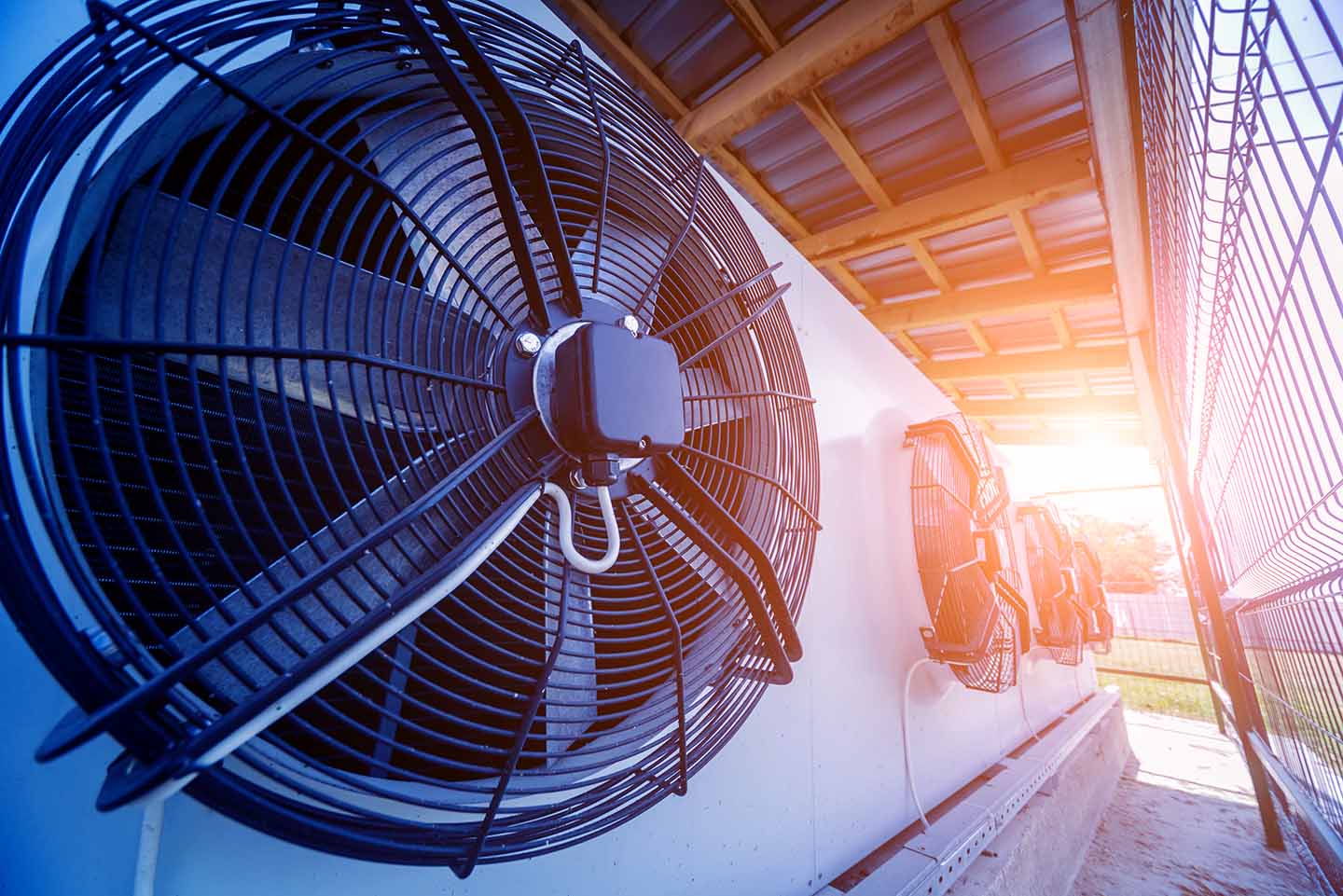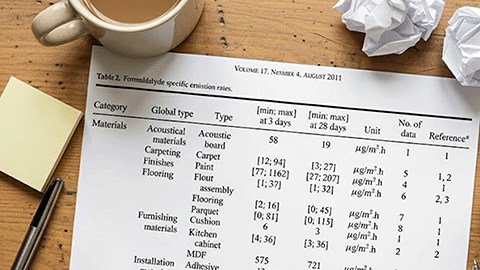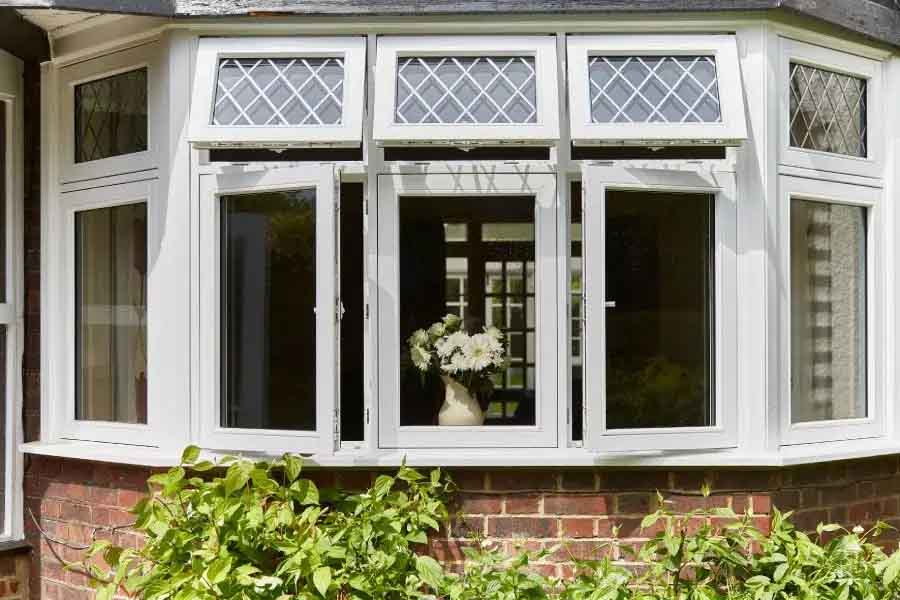How to Meet Workplace Indoor Air Quality Standards in the UK
Indoor air quality in the workplace is a topic that has been made even murkier by recent changes to guidance triggered in the main by the current pandemic.
Understanding the regulations relevant to the guidance around indoor air quality in the workplace is only half the battle. You also need to know how to assess your own risk and how to fix the issues you find.
So we’ve put together this handy guide to help your office or workplace meet current UK indoor air quality standards.
How are air quality standards set?
First things first. Who is doing the guiding and the recommending?
The overriding legislation in the UK in the workplace in the event that a legal claim is made against an employer is the Health and Safety at Work Act 1974.
Understanding your legal obligation under law or legislation as opposed to which guidance to follow is a challenge in itself.
For example, there are various bodies and associations that publish guidance on how to reach safe levels of air quality but this guidance in the main is not specifically just for indoor air quality but encompasses other aspects or requirements of an HVAC system in order to achieve this.
We keep a constant eye on the guidelines coming out of organisations like HSE, CIBSE, BESA, AirRated and SAGE, to name a few, as each one impacts different aspects of air quality in healthy buildings.
But by simply following their guidelines, or an interpretation of the same, can you feel safe in the knowledge your building is protected from any liability claims pertaining to IAQ?
Employer-tenants looking to escape litigation will need to demonstrate that they took appropriate steps to protect their workers and have assessed the associated risks. And they in turn will be looking to their landlords and building managers to keep them safe.
To get what you need to know about the UK’s guidelines for indoor air quality, see our article Demystifying UK Indoor Air Quality Guidelines for Offices diluting all the key points into one manageable read.
What are acceptable air quality levels?
Buildings with high levels of CO2 indicate poor ventilation and potentially high levels of dust, mould, bacteria and airborne pathogens.
The HSE generally recommends a maximum of 5,000 ppm (parts per million) over an 8 hour period, but since the pandemic arrived, SAGE advises staying under 1,500 ppm at any one time for Covid mitigation; anything above should trigger remediation for ventilation systems.
For other airborne substances and volatile organic compounds (VOCs) that impact IAQ, the World Health Organisation and BREEAM have their own recommendations.
| Air Pollutant | Recommended Limit | Guidance From |
| CO2 | 1,500 ppm | SAGE |
| NO2 | 3 ppm | WHO |
| Benzene | 0.1 ppm | WHO |
| PM 2.5 | 10µg/m3 | WHO |
| TVOCs | 300µg/m3 | BREEAM |
Step 1. Assess
Einstein once said: “If I were given one hour to save the planet, I would spend 55 minutes defining the problem and five minutes resolving it.”
You can’t fix a problem if you don’t know what it is. First you need to test your building's air quality and if it’s below standard, you can start rooting out the causes.
CO2 monitors
To work out your levels of CO2, the best thing to do is get a CO2 monitor that has the ability to log and display concentrations over a long period of time.
There are monitors that give instantaneous readings, but this means you will have to constantly check them and physically record the readings for it to serve any meaningful purpose or identify any trend.
A good feature on some CO2 monitors is an alert when levels have risen too high. Very useful when the occupants are in control of the ventilation e.g. someone can open a window until the level goes down or within meeting rooms where occupancy levels can vary.
Alternative methods
Since CO2 is emitted by people, monitoring it is not at all effective in unoccupied buildings.
If that applies to your situation, you can measure the air flow rate being delivered into the buildings using a balometer, or by taking traverse duct readings to work out the average rate of the supply air coming from your air handling units.
Another more comprehensive way to ascertain air flow patterns within a space and the relevant effectiveness of the ventilation systems is by releasing airborne tracers that can safely mimic the characteristics of aerosolised droplets.
These tracers get circulated around the building spaces, and when collected they can offer a visual heat map of where ventilation is poor.
Step 2. Remediate
Increase ventilation
When it comes to remediating poor air quality, increasing ventilation rates is always the starting point. And the simplest ways can often be enough. Opening a window for 15-20 minutes in a small office can completely refresh the air in that space, removing pollutants and Covid-19 particles.
This isn’t always the best idea though, as outdoor air pollution, including PM 2.5 can blow in unchecked. Plus, in winter, occupants are unlikely to welcome all that cold, dry air.
Where increasing ventilation rates isn’t possible – say, it takes too much energy and creates a lot more noise – thankfully, there are other answers.
Air purification
Consider air cleaning technologies, either incorporated into the building’s heating ventilation and air conditioning (HVAC) system or as standalone devices. For example:
- Bipolar ionisation systems
- Ultraviolet lamp (UVC) purifiers
- HEPA air purifiers
Upgrading and cleaning
What’s simple but effective is checking wear and tear in your current setup. You might need to upgrade from belt driven fans to plug fans, and it always helps to regularly replace your filters and clean your ducts.
Assessing whether your current air filtration is correctly fitted, is of the correct grade and whether can be upgraded is again a simple process. If your assessment showed that fresh air is not getting to certain rooms, it could be time to recommission your air handling units and ventilation systems.
Recirculation
If your building has a recirculating system, you need to ensure it is not simply moving air from one space to another. A percentage of outdoor air must be coming in to replace the “stale” air.
There are sustainability concerns with current recirculation systems. Since the start of the pandemic, advice on recirculating air handling units has been, understandably, to switch to 100% outdoor air mode, which wastes massive amounts of energy.
One solution to ascertain whether recirculating systems are safe to turn back on is by using airborne tracers in your assessment stage.
You can make sure your air handling units minimise the risk of aerosol transmission through the HVAC system and you can therefore lower the use of outdoor air accordingly.
Will you comply?
There you have it. Your two-step process to starting your journey in complying with UK indoor air quality guidance and regulations – assess and remediate.
To speak to an expert about improving your indoor air quality, we are always on hand. Just leave your details in the contact form below, and we will get in touch.






